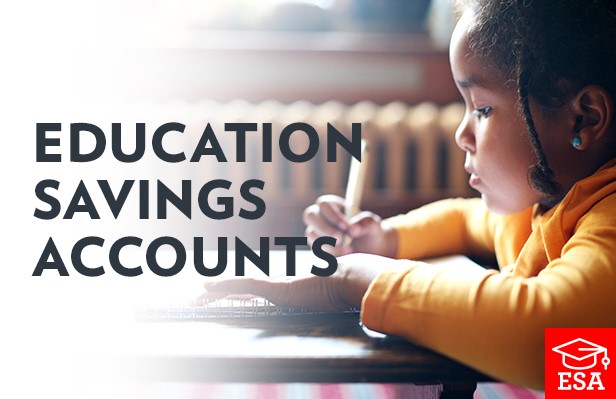Media

UPDATED: Senate Committee Passes Education Savings Accounts Bill?
Update: After a proxy vote was filed by Sen. Tomlinson, a member of the Senate Education Committee member who was absent from today’s committee meeting, the vote on Senate Bill 2 was struck from the record and the bill was not reported from committee. The committee will reconsider the bill at a later date.
The Commonwealth Foundation's original news release announcing the Senate Education Committee's passage of SB2 is copied below.
Today, the Senate Education Committee voted 6-5 to advance education savings accounts (ESA) legislation Senate Bill 2. This educational choice program, which already exists in six states, promises a lifeline to thousands of students trapped in failing schools across Pennsylvania.
“While charter schools and tax credit scholarship programs help many students, too many remain on waiting lists, unable to access the means to a brighter future,” commented Elizabeth Stelle, director of policy analysis for the Commonwealth Foundation. “Education savings accounts offer these students access to quality education options customized to their unique needs rather than a one-size-fits-all system.”
How SB2’s education savings accounts work:
Who? The accounts are controlled by the parents or guardians of a school-age child living within the boundaries of any school with PSSA scores in the bottom 15 percent of schools statewide. Families qualifying for ESAs must withdraw their child from public school. Children are not eligible for an ESA if they receive an EITC or OSTC scholarship.
What? A percentage of the state’s per pupil education subsidy is deposited into a special account administered by the Treasury department. The percentage is determined by a formula accounting for transportation costs and special education needs. For students without special needs, the average ESA would receive a $5,731 deposit, or about 94 percent of the state per pupil subsidy, according to 2015-16 figures. These funds could be used for a variety of education-related expenses, including tuition and fees at private schools, personal tutoring, and services for children with special needs.
Where? Pennsylvania's failing schools are currently found in 45 counties and enroll more than 200,000 students. The state Department of Education would annually update a list of schools accepting ESA funds.
When? Each year, parents or guardians would submit a one page application. If approved, funds will be deposited in the ESA each quarter. Unused money would roll over each year for future educational expenses, provided the child remains in the program. Money remaining in the account can be used for higher education expenses for up to two years after high school graduation.
Cost? ESAs do not impose an additional cost upon families or the state. In fact, they save tax dollars by educating children with just 94 percent of the current state subsidy per student. In addition, the ability of ESA funds to roll over from year to year encourages efficient use.
“This is a critical step towards dramatically increasing educational opportunity for students in Pennsylvania’s lowest-performing schools,” Stelle continued. “We applaud the Senate Education Committee for moving this legislation and urge the full Senate to pass the bill.”
For more information on ESAs, see Education Savings Accounts: Myths and Facts.
Elizabeth Stelle and other Commonwealth Foundation experts are available for comment. Please contact Jonathan Reginella at 717-943-1796 or [email protected] to schedule an interview.
# # #
The Commonwealth Foundation transforms free-market ideas into public policies so all Pennsylvanians can flourish.